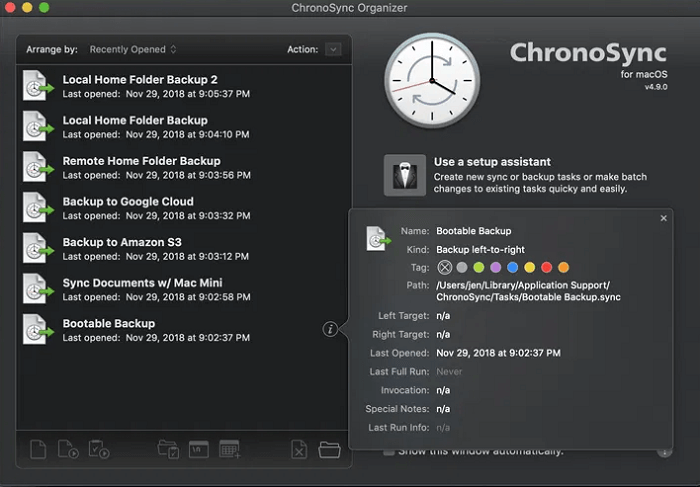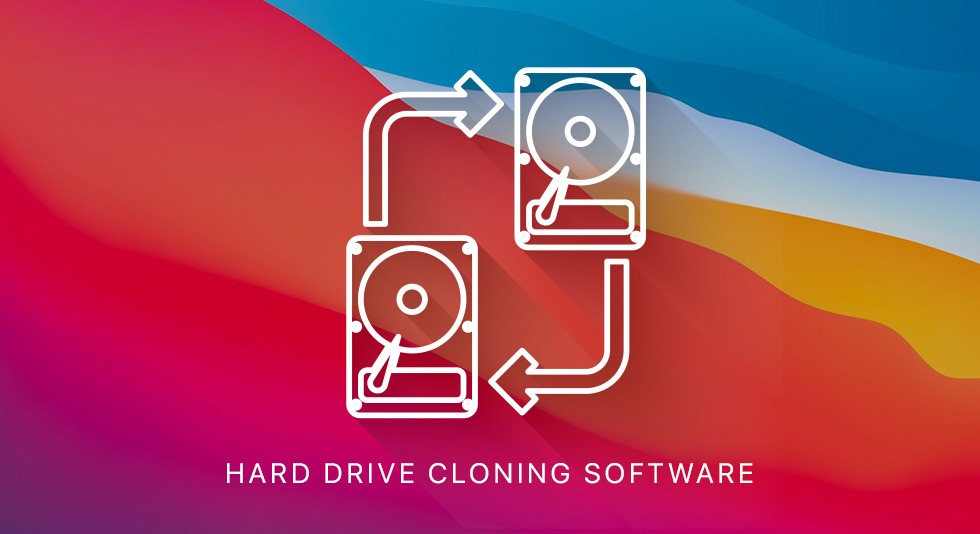
- #Best clone software for mac mac os#
- #Best clone software for mac software#
- #Best clone software for mac code#
- #Best clone software for mac Pc#
#Best clone software for mac mac os#
The migration from 68000 to PowerPC, and the added difficulties of emulating a PowerPC on x86 platforms, made targeting the later Mac OS versions impractical.Įarly Macintosh, ROM-based clones ARDI reverse-engineered the Mac ROM and built a 68000 CPU emulator, enabling Executor to run most (but not all) Macintosh software, from System 5 to System 7, with good speed.
#Best clone software for mac software#
There was also a software emulator for x86 platforms running DOS/ Windows and Linux called Executor, from ARDI.
#Best clone software for mac code#
As the years went by, the emulator wasn't updated to work with later versions of the original Mac OS, however, supposedly because Apple's own 68k emulator eventually surpassed it in performance, and the OS itself relied further on native PowerPC code with each new Mac OS update. Ĭonnectix also released another 68k emulator for Macs, replacing the original, called Speed Doubler, supposedly reported to be even faster than Apple's. This means even a 68060-upgraded Atari ST clone or Amiga, which avoid CPU emulation, were always slower, on top of causing some programs not to work thanks to imperfect virtualization of the Mac system and remaining machine components. By the time 68060 processors were available, PowerPC Macs became so powerful that they ran 68000 applications faster than any 68000-based computer, including any Amiga, Atari ST or Sharp X68000, making it unnecessary for Apple to release a 68060-equipped Mac. Starting with the sales of PowerPC Macs, a CPU emulator to run 68000 applications was built into the Mac OS. Later, multiple emulators were released for the Amiga. The first three of those emulators required that the user purchase a set of Mac ROMs sold as system upgrades to Macintosh users. Long before true clones were available, the Atari ST could emulate a Mac by adding the third-party Magic Sac emulator, released in 1985, and, later, the Spectre, Spectre GCR, and Aladin emulators. Its lid acted as a holster for the cartridges that stored the bundled software, as it had no floppy drive. At IBM, the threat proved to be real: most of the market eventually went to clone-makers, including Compaq, Leading Edge, Tandy, Kaypro, Packard Bell, Amstrad in Europe, and dozens of smaller companies, and in short order IBM found it had lost control over its own platform.Īpple eventually licensed the Apple II ROMs to other companies, primarily to educational toy manufacturer Tiger Electronics in order to produce an inexpensive laptop with educational games and the AppleWorks software suite: the Tiger Learning Computer (TLC). These clones were seen by Apple as a threat, as Apple II sales had presumably suffered from the competition provided by Franklin Computer Corporation and other clone manufacturers, both legal and illegal.
#Best clone software for mac Pc#
The Apple II and IBM PC computer lines were "cloned" by other manufacturers who had reverse-engineered the minimal amount of firmware in the computers' ROM chips and subsequently legally produced computers that could run the same software. Such a Wintel/PC computer running macOS is more commonly referred to as a Hackintosh and the most popular community effort developing and sharing the requisite software patches is known as OSx86. Since Apple's switch to the Intel platform, many non-Apple Wintel/ PC computers are technologically so similar to Mac computers that they are able to boot the Mac operating system using a varying combination of community-developed patches and hacks. During Apple's short lived Mac OS 7 licensing program authorized Mac clone makers were able to either purchase 100% compatible motherboards or build their own hardware using licensed Mac reference designs.


The earliest Mac clones were based on emulators and reverse-engineered Macintosh ROMs. The StarMax 3000/160MT, a Macintosh clone manufactured by MotorolaĪ Macintosh clone, also known as a Clonintosh (a portmanteau of " Clone" and " Macintosh"), is a computer running the Mac OS operating system that was not produced by Apple Inc.


 0 kommentar(er)
0 kommentar(er)
